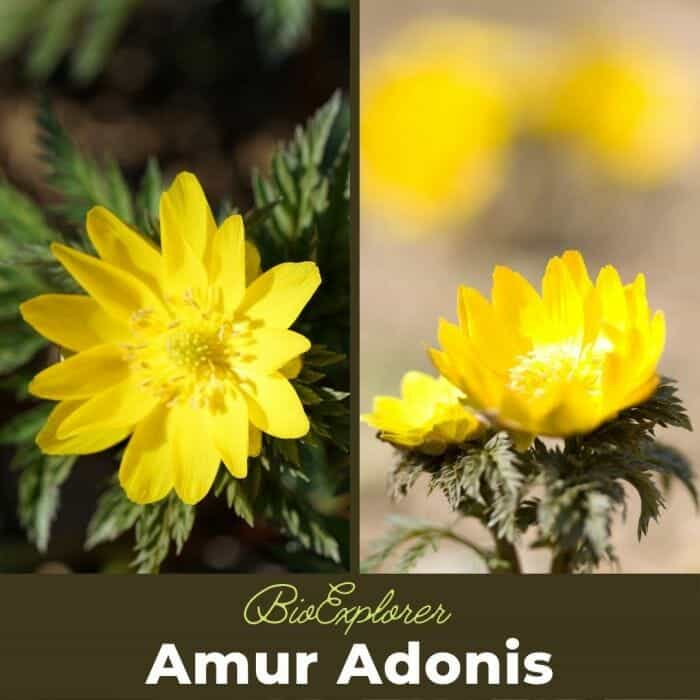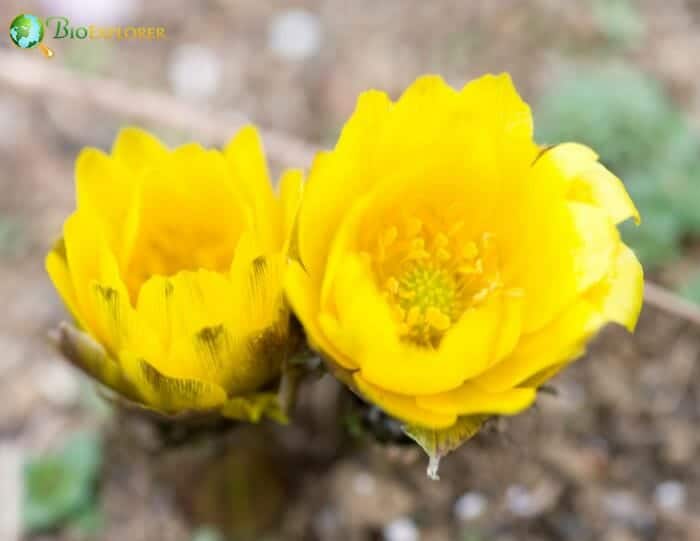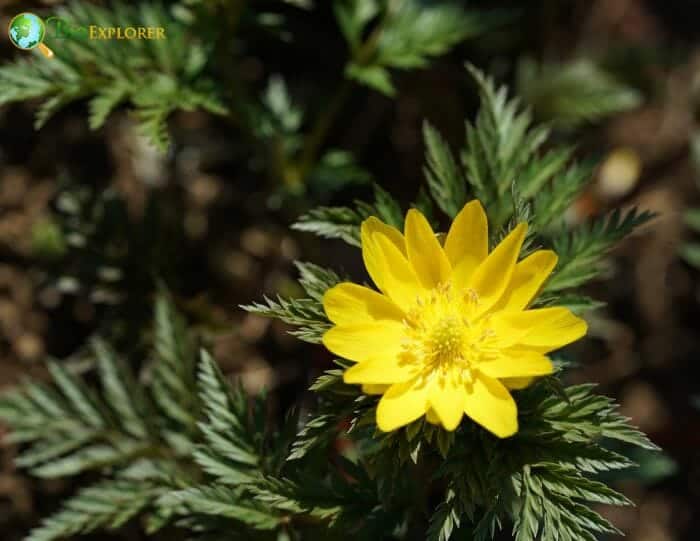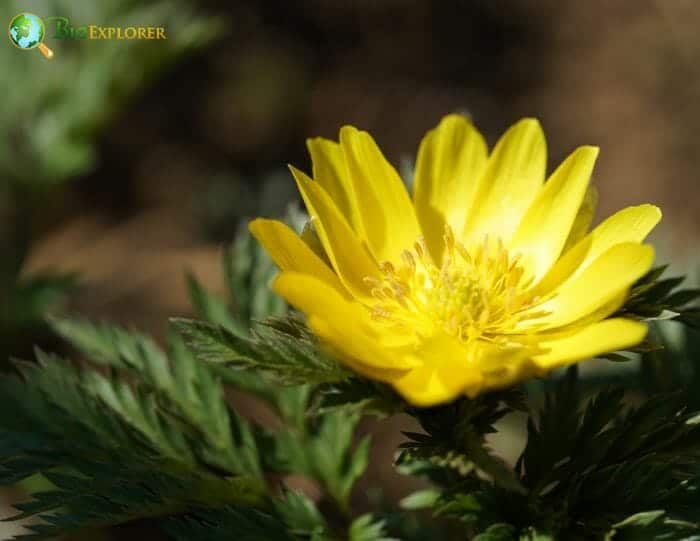
| Plantae | Ranunculales | Ranunculaceae | Adonis | Adonis ramosa |
- Plant Type: Annuals or herbaceous perennials.
- Common names: Amur Adonis, Fukujuso, New Year’s Day grass.
- Color: Yellow
- Flower Dimensions: 1.19 – 1.57 inches in diameter.
- Flowering Season: Early spring (February to April).
- Places in Japan where Amur Adonis is found: The plant is grown in gardens. They are abundant in the mountainous areas of Hokkaido, Tohoku, and the region of Kanto.

Adonis ramose is an herbaceous Japanese plant with a height of 15-40 cm. It is a native flower in Japan. They are commonly used for groundcover, understory, or border.

- The solitary flowers bloom first before the leaves appear. The plant bears yellow and double-flowered flowers. Amur Adonis flowers are Daisy-like flowers.
- Amur Adonis possess two or three compound, alternate, and attractive leaves. They are petiolate.
- The whole Amur Adonis plant is poisonous and can cause difficulty breathing, heart attack, and even death.

Interesting Facts about Amur Adonis
- Amur Adonis is planted for good luck.
- In Japan, Amur Adonis is highly valued because it signifies happiness[1].
- In the Edo era, Adonis ramosa became an ideal gift because it is known to give joy to homes.
- Fukujuso, the Japanese name of the Amur Adonis flower, means “good fortune-long life plants[2]“.
- During New Year, many Japanese families will have potted Fukujuso because, for them, the yellow flowers of Amur Adonis are a suggestion of gold[3].
Suggested Reading: All Flower Orders | Yellow Flowers Photos
Cite This Page
APA7MLA8Chicago
BioExplorer.net. (2025, December 21). Amur Adonis. Bio Explorer. https://www.bioexplorer.net/plants/flowers/amur-adonis/.
BioExplorer.net. "Amur Adonis" Bio Explorer, 21 December 2025, https://www.bioexplorer.net/plants/flowers/amur-adonis/.
BioExplorer.net. "Amur Adonis" Bio Explorer, December 21 2025. https://www.bioexplorer.net/plants/flowers/amur-adonis/.











